Training your pet can be a difficult task, but using food as either a bribe or a reward in dog training can help you get results. Bribing your dog with treats and snacks during training can establish a connection between desired behavior and tasty morsels while rewarding them with treats after completing the task reinforces that desirable behavior. It is important to note that you should never use food for punishing your pet, as this could have unintended negative consequences. With proper training and positive reinforcement, you can help your pup learn good behaviors quickly and easily.
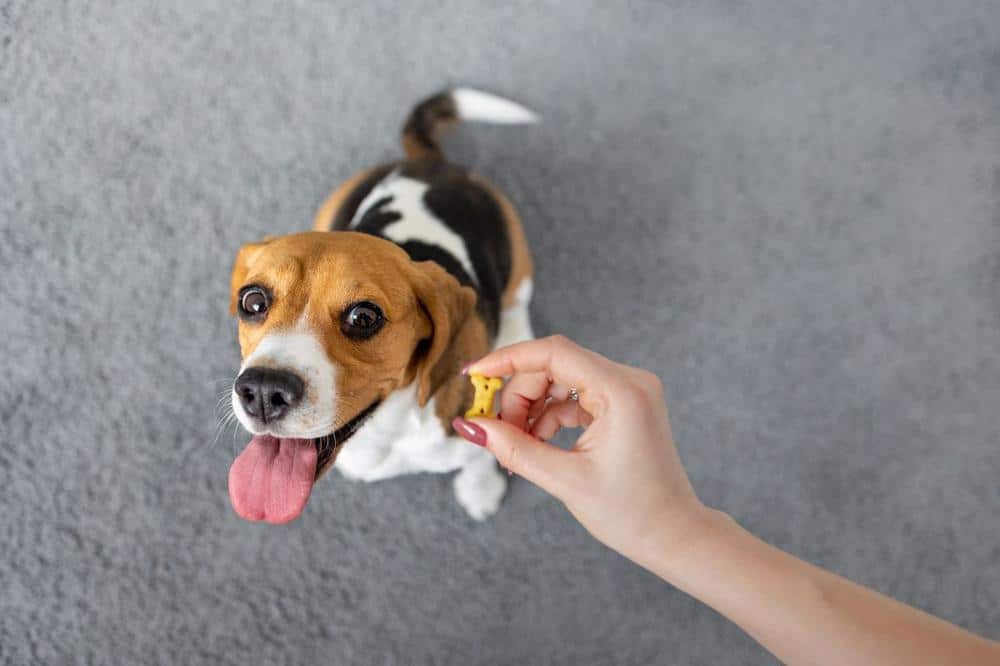
Tips for Getting it Right With Bribes and Rewards in Dog Training
When it comes to dog training, there is no clear cut answer as to which type of reward or incentive works best. What works for one dog may not be suitable for another, and finding a balance between bribery and rewards is key.
Can You Train Your Dog Without Bribing or Rewarding with Food?
The short answer is yes, you can train your dog without resorting to bribery or rewards with food. In fact, in many cases, it is actually more effective to use positive reinforcement training methods instead. However, understanding when and why to use these methods can be tricky, so let’s take a closer look.
Dog training without using food rewards may seem counterintuitive until you consider that dogs are eager to please their owners. Often, a simple pat on the head or praise from their human companion is enough motivation for them to learn the task correctly. This kind of reward system also reinforces the bond between pet and owner — something that should be highly prized.
That said, introducing treats during training sessions can be helpful in specific contexts, such as when battling distraction or teaching complicated behaviors like retrieving an object over long distances. It’s important not to fall into the trap of offering too many treats, though; doing so can lead to overeating and obesity. As an alternative, healthy snacks such as fresh fruit or veggies can do the job just as well if used sparingly.
Ultimately, like most aspects of raising a happy and healthy pup, it comes down to understanding each dog’s needs: which reward works best for them, and when should it be offered? As long as you get this balance right, then bribery and reward with food needn’t be part of your pup’s journey toward obedience!
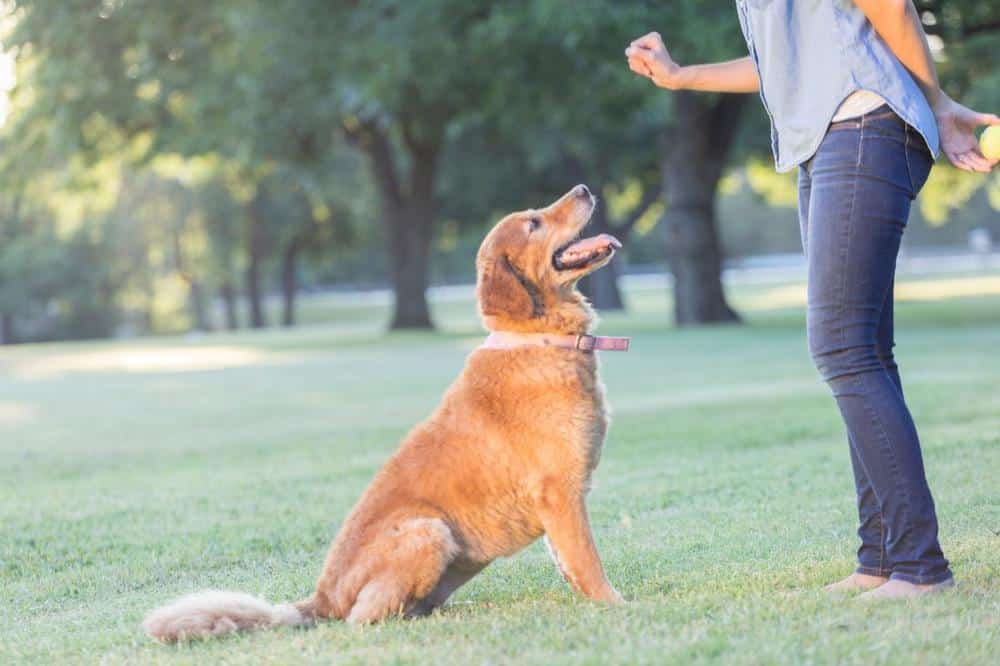
The difference between bribing and rewarding with food
Definition of Bribing vs. Rewarding: The terms “bribing” and “rewarding” are often used interchangeably in dog training, but there is an important distinction between the two. Bribing involves offering treats or other rewards to get a desired behavior from the dog, while rewarding involves voluntarily offering treats or other rewards for good behavior that has already occurred.
- Timing: The most important difference between bribing and rewarding is timing. When you bribe your dog, you offer a reward before the desired behavior is performed to encourage it to do the action. On the other hand, when you reward your dog, you give it a treat or praise once it has already completed the desired behavior.
- Motivation: Another important difference between bribing and rewarding lies in motivation for performing a task – when bribing, dogs are motivated by external factors such as food as opposed to learning something new, whereas when they are rewarded, they learn to associate particular behaviors with something positive and consequently become internally motivated to perform them again on their own accord.
- Effects: In terms of long-term effects on a dog’s training progress and overall demeanor, bribery can be detrimental because dogs may not gain any knowledge related to completing tasks without expecting food reward in return, whereas rewarding provides positive reinforcement, which helps dogs understand why particular behaviors are desirable.
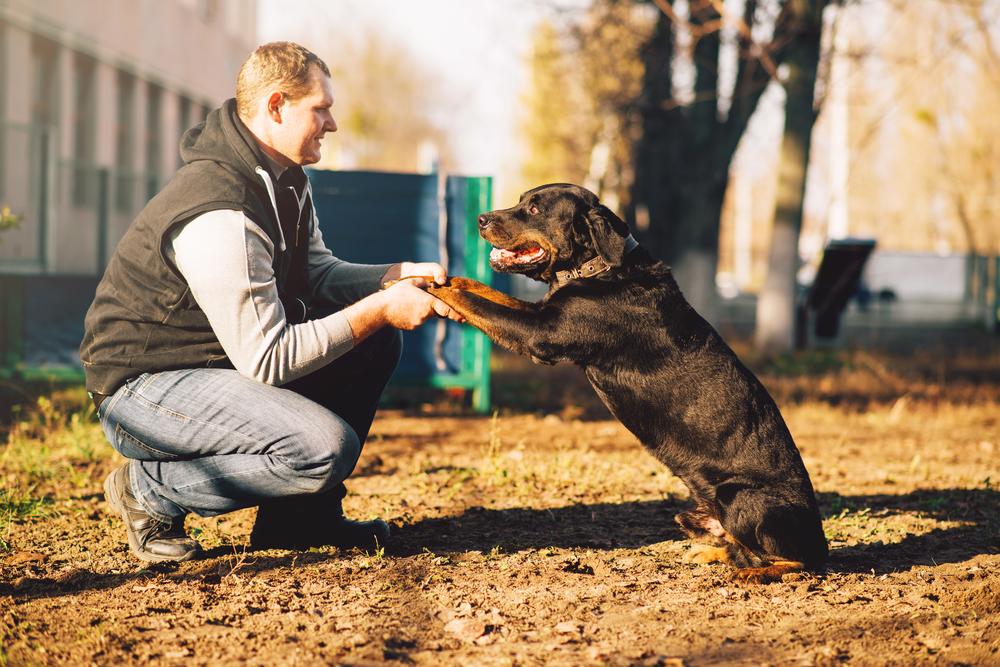
The Benefits of Using Food as a Reward in Dog Training
Are you looking for a positive way to train your dog? Using food as a reward can be an effective method for teaching your canine companion new behaviors. From providing delicious treats to building a close bond, there are many benefits to utilizing food rewards when training your pup. Here’s what you should know about the advantages of this type of training.
Building Positive Behavior
Using food rewards is one of the best ways to motivate and encourage your dog to learn new skills. Dogs have natural instincts that lead them towards finding food, and it’s an easy way for them to understand what is expected from them. By offering a reward like a yummy snack, you reinforce the behavior you desire and create positive associations between commands and treats. As your pup learns what they’re being rewarded for, it will become easier for them to follow instructions.
Strengthen Your Bond
Food can also be used as an effective tool to help build trust between you and your pup. During training sessions, offer praise along with snacks so that they know when they do something right. Over time, this simple act will help build their confidence in themselves and the relationship with their owner. Plus, giving puppy kisses together with treats is just plain fun!
Treats Can Be Fun Too!
It’s common knowledge that puppies love treats but have you ever thought about how much better those tasty morsels can make playtime? Adding snacks into playtime isn’t just about rewarding good behavior – it can also make activities more entertaining for both you and your furry pal! For example, make sure to use different types of treats for games like fetch or tug-of-war, so your pup never gets bored of the same routine. This can keep things exciting while still reinforcing proper etiquette during playtime.
These are just some examples of how incorporating food rewards into dog training can be beneficial for owners and canine companions alike! Whether it be through strengthening bonds or simply making learning more enjoyable, using treats as a reward is an excellent tool to teach good manners while having fun at the same time!
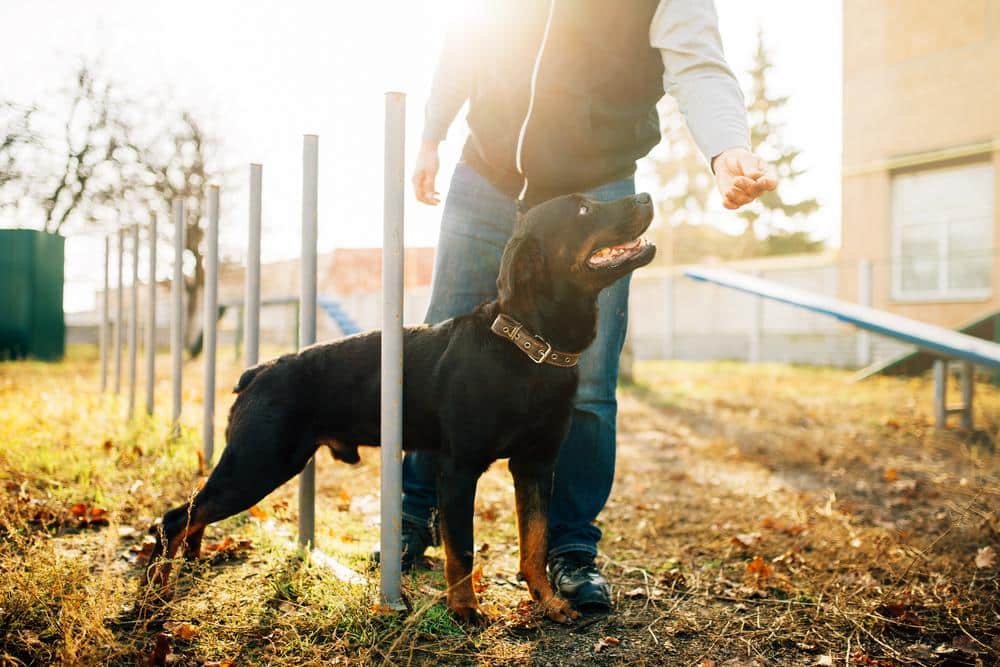
Steps to Training Your Dog Successfully Without Food
Training your dog without the use of food treats can seem like a daunting task – but it doesn’t have to be! Here are some tips for training your pup without the need for edible rewards:
- Use Positive Reinforcement: Positive reinforcement is one of the most effective ways to train any animal, including dogs. This means rewarding behaviors you want to see with verbal praise and petting rather than physical treats. All animals respond positively when they feel appreciated, so rewarding them can help motivate them to learn new behaviors quickly.
- Have Patience: Training takes time and patience. Don’t expect your pup to learn an entire command in a single session – instead, break it down into smaller chunks they can master one at a time. Be consistent, and always try to end every training session on a positive note.
- Challenge Yourself: In order for dog training to be successful, it needs to keep your pup’s attention. By varying commands or activities during sessions, you can ensure that your pup never gets bored or frustrated during the process. This will also help them learn more quickly by having more opportunities for practice and mastery while keeping things interesting!
- Use Praise & Attention: As mentioned before, praising and rewarding good behavior is essential when it comes to training with no treats involved. So whether it’s verbal praise or cuddles, make sure that these moments are filled with lots of love and enthusiasm so that your pup knows just how proud of them you are!
- Have Fun: Training should always be a positive experience for both you and your pup! Make sure sessions are fun-filled and full of playtime between commands, so everyone has something enjoyable from each lesson learned!
Following these steps will help ensure that you have a happy pup who is eager to learn all their commands – without the need for food rewards!
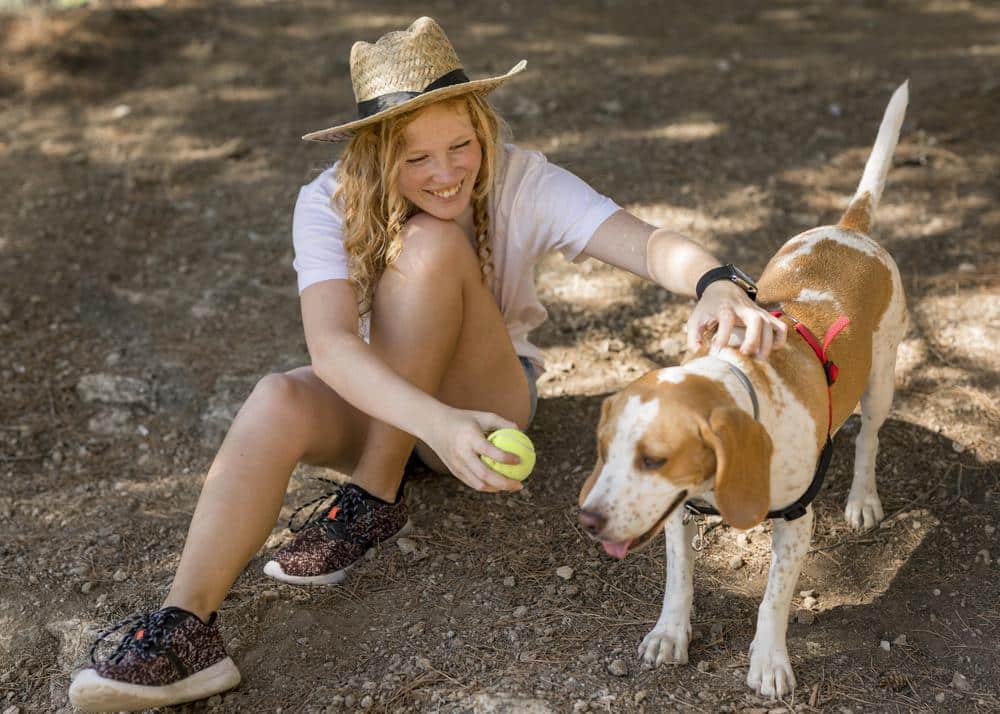
Conclusion
Using bribes and rewards during dog training can be highly effective – but it’s essential for dog owners to find a balance between these two strategies for them to really work. Ultimately it will depend on your preferences and what works best for you and your pet’s particular situation. The main cons of bribing your dog with food are that it can lead to your pup becoming too dependent on rewards and treats, which could lead to undesirable behaviors. Additionally, overuse of treats can also cause weight gain in some dogs, who become accustomed to receiving rewards all the time. So remember – it’s important not only to use treats sparingly but also to pay attention to how often you feed them throughout the day!
